How Alberto Pio’s Lost Library Became a Renaissance Treasure Hunt
Modena, Italy
The name Alberto Pio di Carpi (1475–1531, Albertus Carpi) evokes one of the noblest figures of the Renaissance. From 1477, he was the last lord and later Count of Carpi, his hometown.
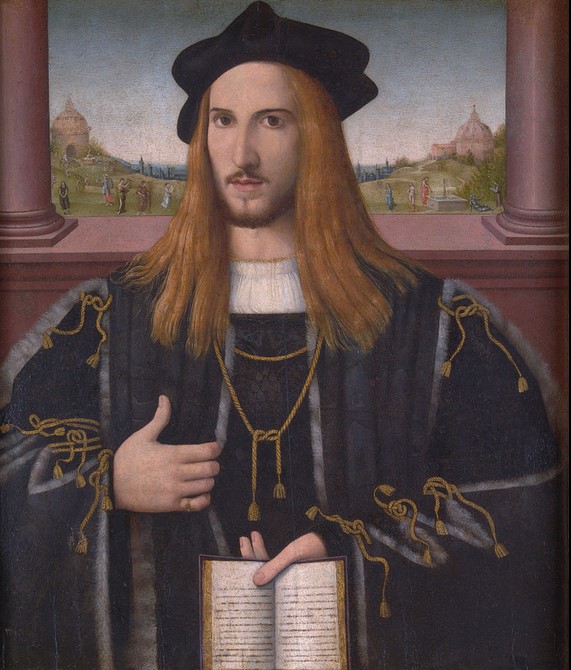
Portrait of A Young Alberto Pio (1475-1531) with the 'Aeneid' by Bernardino Loschi (1460–1540)
Orphaned of his father at just two years old, he succeeded him in joint rule with his second cousin, the condottiero Marco II Pio di Savoia (?–1494). His mother Caterina Pico della Mirandola’s guardianship held little sway against Carpi’s co-lord, his paternal cousin Marco Pio, who sought to remove Alberto from Carpi and political life to secure the full dominion of Carpi for his own son, Giberto. His mother entrusted his education to the humanist Aldo Manuzio under the guidance of his maternal uncle, the philosopher Giovanni Pico della Mirandola (1463–1494). Through them, the young prince acquired vast learning, refining his noble qualities of spirit.
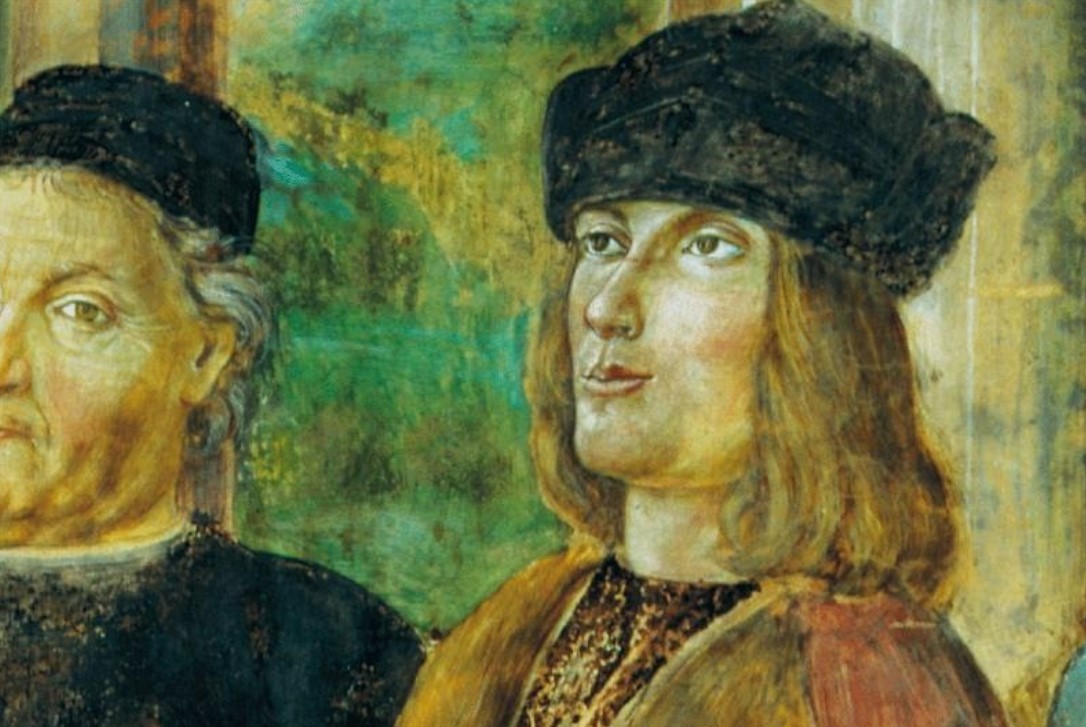
Aldus Manutius with at his side the Prince of Carpi Alberto III Pio detail by Bernardino Loschi (1460–1540)
No field of knowledge was foreign to him. Iacopo Berengario da Carpi, the renowned 15th-century physician, states in his Isagoge that he studied anatomy with Alberto Pio; moreover, we know this prince possessed deep expertise in astronomy, astrology, philosophy, mathematics, and theology. Marco II later sent him to Ferrara and Padua to advance his studies—thus removing him from the lordship while seizing his palace and allodial properties.
The young Alberto soon had to focus on safeguarding his holdings, defending against relatives and sacrificing study time. He secured his seigniorial investiture from Emperor Frederick III and returned to Carpi in 1490. After his cousin’s death in 1494, disputes with Marco’s successor, Giberto III Pio di Savoia, erupted into civil war, prompting Duke Ercole I d’Este of Ferrara to intervene. By imposed arbitration, Giberto III relinquished joint rule of Carpi to Alberto and received the Este fiefdom of Sassuolo instead. Alberto III thus remained Carpi’s sole Pio ruler but had to accept the dangerous Este family as co-lords.
Hailing from Carpi’s lords—perpetually embroiled in wars and familial strife—Alberto III Pio was foremost a diplomat. He tried vainly to remain neutral between kings and emperors, but his plan to preserve Carpi for his dynasty ended in 1525: Spanish troops occupied the city, and Alberto lost the county, which was formally enfeoffed to the Este family in 1530. Stripped of his possessions, he retreated to Rome as an advisor to Pope Clement VII and later into exile in France. Becoming a Franciscan tertiary, he died in Paris on January 8, 1531, aged 56. He was honored with a state funeral on January 16, attended by King Francis I, and buried in the Parisian Church of the Observant Friars (later destroyed). French King Louis XVIII commissioned a search for the site in the 19th century, where Alberto’s bronze recumbent statue was found—now displayed in the Louvre Museum.
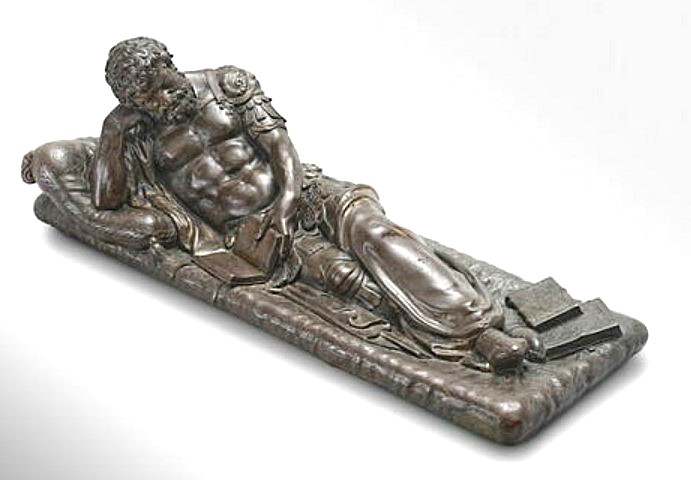
Statue of Alberto III Pio di Savoy (1475-1531), count of Carpi (died 1531)
During his lordship, Alberto III Pio transformed Carpi’s castle into a princely residence. Raised among humanists and passionate about letters, arts, and sciences, he gathered many renowned scholars and scientists at his court, offering them splendid patronage. But his greatest passion was books: he amassed a remarkable multilingual library. Unsatisfied with collecting priceless codices, he attempted to convince Aldo Manuzio to establish a major printing house in Carpi to multiply classics of ancient culture. He later succeeded with the printer Dolcibello, who produced two magnificent editions in Carpi for Alberto using distinctive, custom-designed typefaces
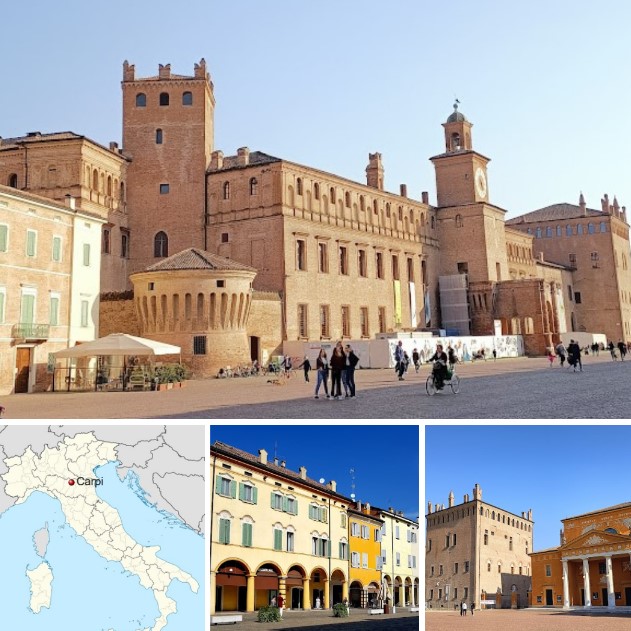
Carpi, Modena, Italy
The cultured and munificent Prince Alberto Pio’s library included many Greek and Eastern codices. A significant portion of the Greek manuscripts came from the prized collection of Piacenza humanist Giorgio Valla (1447–1500), purchased from Valla’s heirs for 800 gold scudi mere months after Valla’s death. Alberto entrusted their organization to the skilled hands of Marco Musuro, then a guest at his court.
After losing his domain in 1522, Alberto took his library to Rome. Upon his death in 1531, it passed to his nephew Rodolfo Pio (1500–1564), later a cardinal under Paul III. His will’s stipulation reveals his lofty purpose in assembling it:
Should the city of Carpi be recovered, my nephew Rodolfo shall use these books to establish a library for the city’s honor and benefit—as I had resolved to do.
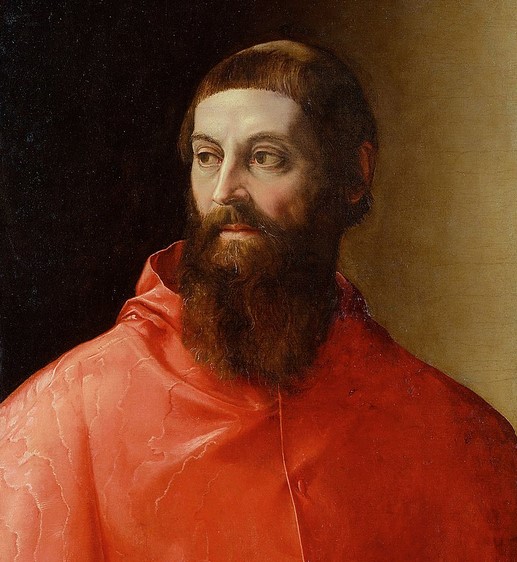
Portrait of Cardinal Rodolfo Pio (1500-1564) in 1540 by Francesco Salviati (?–1563)
This never came to pass. The library, expanded by Rodolfo, not only failed to return to Carpi but dispersed after the cardinal’s death in 1564, save for the Greek and Eastern codices.
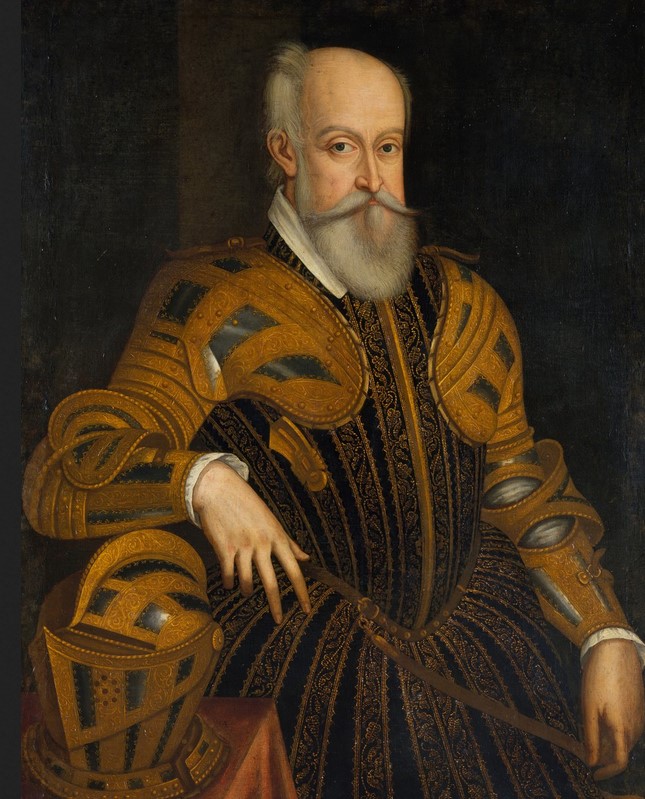
Alfonso II d'Este (1533-1597), Duke of Ferrara, late 16th century
The bibliophilic determination of Alfonso II d’Este (1533–1597) enabled him to acquire the Greek codices once owned by Giorgio Valla and Alberto Pio, enriching the Ducal Library of Ferrara:
• By 1572, his envoy Alessandro Grandi was in Rome negotiating the purchase.
• In 1573 (nine years after Rodolfo’s death), the sale was finalized.
• By 1598, Valla’s manuscripts reached Modena, where they reside today in the Biblioteca Estense Universitaria.
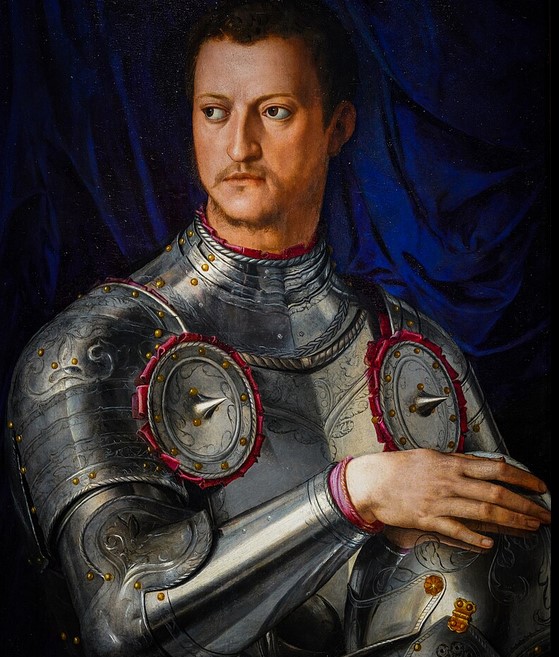
Portrait paintings of Cosimo I de' Medici (1519-1574) in c. 1545, in half length in armour by Agnolo Bronzino
The journey of these Pio codices to Modena remains unclear due to scarce records. Conflicting rumors circulated in the 16th century among those interested in Rodolfo’s inheritance, with some sources claiming his library was auctioned in Rome. We only know:
• Some Greek and Eastern codices of Alberto Pio passed to the Este in Ferrara.
• In 1568, these manuscripts were offered for sale to Grand Duke Cosimo I de’ Medici, Philip II of Spain, and Alfonso II d’Este.
• In 1570, Latino Latini (1513–1593)—Rodolfo’s heir, secretary, and librarian (deemed a "jinx" and exiled from court after 1565)—lamented not yet receiving his share of the library.
• By February 1573, the deal was closed; the Duke only needed to ship the Pio books and marbles: 48 crates of antiquities, bronzes, and multilingual books, largely Alberto’s property.
• By May 1573, six book crates arrived in Ferrara and were housed in the Castle.
• In 1579, Latini discovered via a scholar friend researching Bacchius’ Isagoge that part of his inherited Greek codices were in Cosimo I’s library (the Medicea Laurenziana, designed by Michelangelo and opened in 1571). Under Cosimo, the Medici collection grew from 1,000 codices after Leo X’s death to 3,000 upon its public opening.
How many Greek/Eastern Pio manuscripts went to Ferrara?
The purchase included all codices listed in Rodolfo’s posthumous inventory (compiled 14 days after his death); 155 manuscripts from this inventory remained in the Este Library.
The Pio Greek manuscripts are partly identifiable by Giorgio Valla’s ownership mark, replaced or supplemented by Alberto’s. Many lack provenance marks but were traceable via the inventory. In total, 138 Pio codices exist in the Estense Library.
Piazza Martiri, 27, Carpi (Modena)
